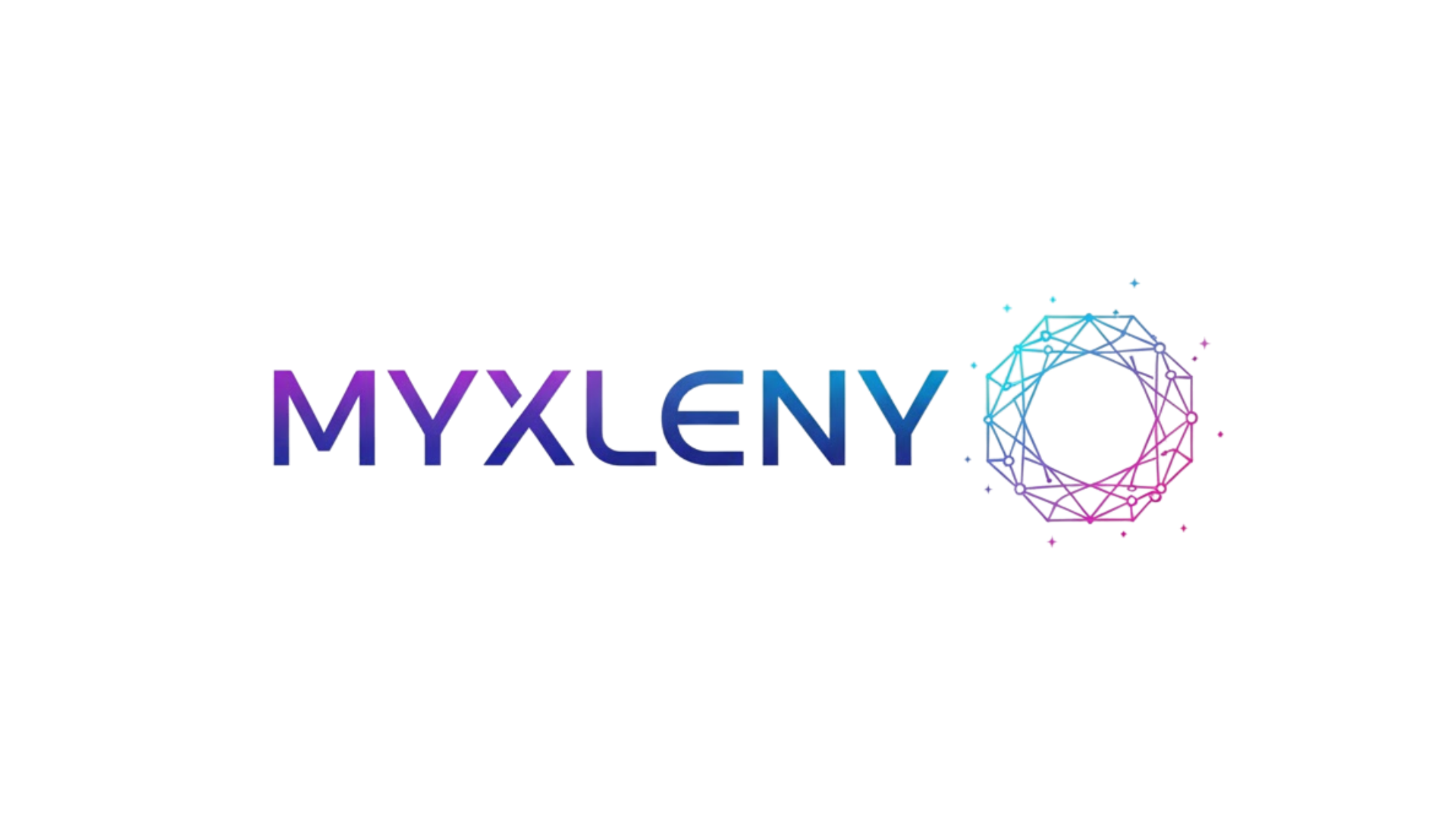In today’s interconnected world, managing cross-border teams has become essential for organizations seeking global success and sustainable competitive advantage.
The rise of remote work, digital transformation, and globalization has fundamentally changed how businesses operate. Companies no longer limit themselves to local talent pools; instead, they’re building diverse, geographically dispersed teams that bring together the best minds from around the world. However, this global approach comes with unique challenges that require specialized management strategies, cultural intelligence, and technological infrastructure to ensure seamless collaboration and peak productivity.
Cross-border team management isn’t simply about coordinating schedules across time zones or using video conferencing tools. It’s about creating a cohesive organizational culture that transcends geographical boundaries, respects cultural differences, and leverages diversity as a strategic asset. Leaders who master this art unlock unprecedented opportunities for innovation, market expansion, and operational excellence.
🌍 Understanding the Cross-Border Team Landscape
Cross-border teams represent a fundamental shift in how work gets done in the 21st century. These distributed groups consist of professionals working from different countries, bringing diverse perspectives, skills, and cultural backgrounds to shared projects and organizational objectives.
The benefits of cross-border teams are substantial. Organizations gain access to specialized talent regardless of location, reduce operational costs, extend business hours through follow-the-sun work models, and develop products and services with global market insights built in from the ground up. Companies with effective international teams report higher innovation rates, better problem-solving capabilities, and stronger competitive positioning in global markets.
However, these advantages come with complexity. Language barriers, cultural misunderstandings, technology gaps, legal compliance issues, and coordination challenges can derail even the most promising cross-border initiatives. Success requires intentional strategies that address these obstacles while amplifying the inherent strengths of global collaboration.
🎯 Building a Foundation for Cross-Border Success
Effective cross-border team management begins with establishing clear foundations that support distributed collaboration. This groundwork determines whether your global team thrives or struggles with constant friction and miscommunication.
Defining Clear Objectives and Expectations
Every team member, regardless of location, must understand the organization’s mission, their team’s specific goals, and individual responsibilities. Ambiguity multiplies in cross-border settings where casual clarifying conversations aren’t possible. Document objectives explicitly, create accessible shared repositories of information, and establish standard operating procedures that leave no room for interpretation.
Set measurable key performance indicators (KPIs) that align with both local contexts and global objectives. What success looks like should be crystal clear to someone in Singapore, São Paulo, or Stockholm. Regular alignment sessions ensure everyone stays synchronized despite geographical separation.
Selecting the Right Team Members
Not everyone thrives in cross-border environments. Look for professionals who demonstrate cultural adaptability, strong communication skills, self-motivation, and comfort with ambiguity. Technical expertise matters, but soft skills often determine success in distributed settings.
During recruitment, assess candidates’ previous remote or international experience, their communication styles, and their ability to work autonomously while maintaining team connectivity. The best cross-border team members are those who can balance independence with collaboration, showing initiative while respecting collective processes.
🗣️ Mastering Communication Across Borders
Communication challenges represent the most common obstacle in cross-border team management. Without the informal interactions that happen naturally in traditional offices, distributed teams must be deliberate and strategic about how they connect.
Establishing Communication Protocols
Create explicit guidelines about when to use different communication channels. Instant messaging might work for quick questions, while video calls suit complex discussions, and emails document formal decisions. Define response time expectations that respect work-life boundaries across time zones.
Implement a communication charter that outlines preferred platforms, meeting etiquette, documentation standards, and escalation procedures. This charter becomes your team’s communication constitution, reducing friction and confusion.
Overcoming Language Barriers
When team members speak different native languages, even those fluent in a common business language may struggle with nuance, idioms, and cultural references. Encourage simple, clear language. Avoid jargon, acronyms, and culturally specific expressions that may not translate well.
Consider providing language training or translation support for critical communications. Some organizations designate “language buddies” who help team members refine important messages before sending them to broader audiences. Create glossaries of key terms and concepts specific to your projects.
Leveraging Asynchronous Communication
When your team spans multiple continents, real-time communication becomes impractical for many interactions. Embrace asynchronous communication methods that allow team members to contribute on their own schedules while maintaining productivity.
Document everything thoroughly. Use collaborative platforms where team members can update progress, share insights, and ask questions that others can respond to when they come online. This approach respects everyone’s working hours while keeping projects moving forward continuously.
⏰ Navigating Time Zone Complexities
Time zones present one of the most tangible challenges in cross-border team management. When done poorly, they create constant friction; when managed well, they become a competitive advantage through continuous productivity.
Implementing Flexible Meeting Strategies
Avoid scheduling patterns that consistently disadvantage certain team members. Rotate meeting times so the inconvenience of early morning or late evening calls is shared equitably. Record all meetings and share comprehensive notes for those who couldn’t attend live.
Consider breaking larger teams into regional sub-groups that meet during overlapping hours, then coordinate between groups asynchronously. This approach reduces meeting fatigue while maintaining alignment.
Creating Core Collaboration Hours
Identify windows when most team members’ working hours overlap, even if briefly. Designate these as “core collaboration hours” when synchronous communication is expected and meetings can be scheduled. Outside these windows, respect that team members may be offline.
Use shared calendars that automatically display everyone’s local time zones, holidays, and availability. Tools that visualize team availability across time zones help prevent scheduling conflicts and demonstrate respect for work-life balance.
🎨 Cultivating Cultural Intelligence
Cultural differences extend far beyond language, influencing communication styles, decision-making processes, conflict resolution approaches, and professional norms. Leaders who develop cultural intelligence create environments where diversity strengthens rather than divides.
Understanding Cultural Dimensions
Familiarize yourself with frameworks like Hofstede’s cultural dimensions or the GLOBE study that identify how cultures differ in areas like power distance, individualism versus collectivism, and tolerance for uncertainty. These frameworks help explain why team members from different backgrounds may interpret the same situation differently.
For example, team members from high-context cultures may communicate indirectly and expect others to read between the lines, while those from low-context cultures prefer explicit, direct communication. Neither approach is superior, but mismatches create misunderstandings.
Building Cultural Awareness
Encourage team members to share about their work cultures, holidays, and professional norms. Create opportunities for cultural exchange that build mutual understanding and appreciation. Virtual coffee chats, cultural celebration days, or show-and-tell sessions about local customs can humanize colleagues across borders.
Address cultural mistakes with grace and learning. When misunderstandings occur, use them as teaching moments rather than sources of blame. Create psychological safety where people can ask questions about cultural differences without fear of judgment.
Adapting Leadership Styles
Effective cross-border leaders flex their management approach based on cultural contexts. Some team members expect hierarchical decision-making, while others prefer consensus-building. Some cultures value direct feedback, while others find it disrespectful without careful framing.
Research suggests that transformational leadership styles that inspire through vision and purpose tend to work across cultures, but implementation details must adapt to local preferences. Invest time understanding what motivates and engages each team member within their cultural framework.
🛠️ Leveraging Technology for Seamless Collaboration
Technology serves as the connective tissue for cross-border teams, enabling collaboration that would be impossible otherwise. However, technology alone doesn’t guarantee success—choosing the right tools and implementing them strategically makes the difference.
Creating an Integrated Technology Stack
Select collaboration platforms that integrate seamlessly rather than creating information silos. Your stack might include project management software, communication platforms, document collaboration tools, and video conferencing solutions that work together smoothly.
Prioritize tools with strong mobile support, reliable performance in regions with varying internet infrastructure, and interfaces available in multiple languages. Consider bandwidth limitations in some locations when selecting video-heavy versus text-based tools.
Ensuring Digital Equity
Not all team members have equal access to technology infrastructure. Some work from locations with unreliable internet, others face firewall restrictions, and some may lack high-performance devices. Address these disparities proactively by providing necessary equipment, identifying backup communication methods, and designing workflows that accommodate varying connectivity levels.
Test your technology stack with team members in all locations before full deployment. What works perfectly in New York might struggle in New Delhi or Nairobi due to infrastructure differences.
📊 Monitoring Performance and Maintaining Accountability
Managing performance across borders requires shifting from monitoring presence to measuring outcomes. When you can’t see team members working, trust and results-based evaluation become paramount.
Implementing Outcome-Based Performance Metrics
Focus on what gets accomplished rather than when or how work happens. Define clear deliverables, quality standards, and deadlines that allow flexibility in work approaches while maintaining accountability.
Use project management tools that provide visibility into progress without micromanagement. Transparent workflows where everyone can see project status, upcoming deadlines, and individual contributions create natural accountability.
Conducting Effective Performance Reviews
Performance evaluations in cross-border settings require extra care. Schedule sufficient time for in-depth video conversations rather than relying solely on written feedback. Be mindful that performance review norms vary culturally—some cultures expect direct criticism, while others find it demotivating.
Gather 360-degree feedback from multiple team members to get comprehensive perspectives on performance. This approach reduces bias and provides richer insights than single-source evaluations.
🤝 Building Team Cohesion Across Distances
Creating genuine team spirit when members rarely or never meet face-to-face requires intentional effort. Strong relationships form the foundation for trust, collaboration, and mutual support that carries teams through challenges.
Investing in Virtual Team Building
Regular team-building activities adapted for virtual environments help team members connect personally. Virtual game sessions, online workshops, collaborative challenges, or simply informal video hangouts create bonding opportunities.
Celebrate milestones, birthdays, and achievements publicly. Recognition programs that highlight contributions visible to the entire team reinforce belonging and appreciation across borders.
Creating Opportunities for In-Person Connection
When possible, bring cross-border teams together periodically for intensive collaboration, strategic planning, or team-building retreats. Even infrequent face-to-face interactions dramatically strengthen relationships and trust that persist through subsequent remote work periods.
For organizations where full team gatherings aren’t feasible, consider regional meetups or rotating smaller group assemblies that gradually build connections across the broader network.
⚖️ Navigating Legal and Compliance Considerations
Cross-border teams operate within complex legal frameworks involving employment laws, data privacy regulations, tax obligations, and intellectual property protections that vary by jurisdiction.
Understanding Employment Regulations
Each country has distinct labor laws governing employment contracts, working hours, benefits, termination procedures, and worker protections. Ensure compliance with local regulations for each team member’s location, whether they’re employees or contractors.
Consult with legal experts specializing in international employment to structure arrangements properly. Misclassifying workers or violating local labor laws creates significant legal and financial risks.
Managing Data Privacy and Security
Data protection regulations like GDPR, CCPA, and various national laws impose strict requirements on how organizations collect, store, and process information. When team members access sensitive data from multiple countries, compliance becomes complex.
Implement robust data security protocols, provide training on privacy requirements, and use technology solutions with appropriate security certifications. Document data flows and ensure compliance with the strictest applicable regulations.
🚀 Scaling Cross-Border Teams Strategically
As organizations grow their international presence, scaling cross-border teams requires evolving management approaches, infrastructure, and processes that worked for small groups but strain under larger numbers.
Developing Regional Leadership
As teams expand, consider establishing regional leaders who understand local contexts while maintaining alignment with global objectives. This distributed leadership model reduces bottlenecks and provides team members with accessible support within their time zones and cultural contexts.
Invest in leadership development programs that prepare managers for cross-border complexities. Effective international team leaders require skills beyond traditional management training.
Standardizing While Allowing Flexibility
Create core processes and standards that ensure consistency and quality across locations while allowing regional adaptations for local requirements. This balance between standardization and flexibility enables efficiency without stifling local innovation or cultural fit.
Document best practices and lessons learned as your cross-border operations mature. This organizational knowledge accelerates onboarding and prevents repeatedly solving the same challenges.

🌟 Thriving in the Global Workplace
Mastering cross-border team management transforms geographical distribution from obstacle to opportunity. Organizations that excel at international collaboration access deeper talent pools, serve global markets more effectively, and build resilient operations that adapt to changing business environments.
Success requires ongoing commitment to communication excellence, cultural intelligence, technological enablement, and people-centered leadership. The strategies outlined here provide a framework, but each organization must adapt approaches to their unique contexts, industries, and team compositions.
As remote work technologies advance and global connectivity deepens, cross-border collaboration will only increase in importance. Leaders who invest now in developing these capabilities position their organizations for sustainable success in an increasingly interconnected world.
The future belongs to organizations that can harness diverse global talent toward shared goals, creating workplace experiences where every team member feels valued, connected, and empowered to contribute their best work regardless of location. By implementing thoughtful cross-border management practices, you build not just productive teams but truly global organizations capable of achieving remarkable results together.
Toni Santos is a future-of-work researcher and social innovation writer exploring how technology, culture, and global mobility are redefining what it means to work and thrive in the 21st century. Through his studies on automation, digital nomadism, and workforce transformation, Toni examines the balance between progress, adaptability, and human purpose in a rapidly changing world. Passionate about remote collaboration systems and digital inclusion, Toni focuses on how emerging tools and global connectivity empower individuals to build meaningful, flexible, and resilient careers. His work highlights how automation and new work models can coexist with creativity, empathy, and social value. Blending sociology, economics, and digital strategy, Toni writes about the human side of innovation — helping readers understand not only where work is heading, but how to align with its transformation responsibly and purposefully. His work is a tribute to: The evolving relationship between automation and human employment The rise of global, location-independent lifestyles The power of resilience and adaptability in the modern workforce Whether you are a freelancer, remote leader, or curious observer of the new economy, Toni Santos invites you to explore the future of work — one idea, one connection, one transformation at a time.




